Unveiling the Secrets of Time: A Guide to 918 Historical Museum
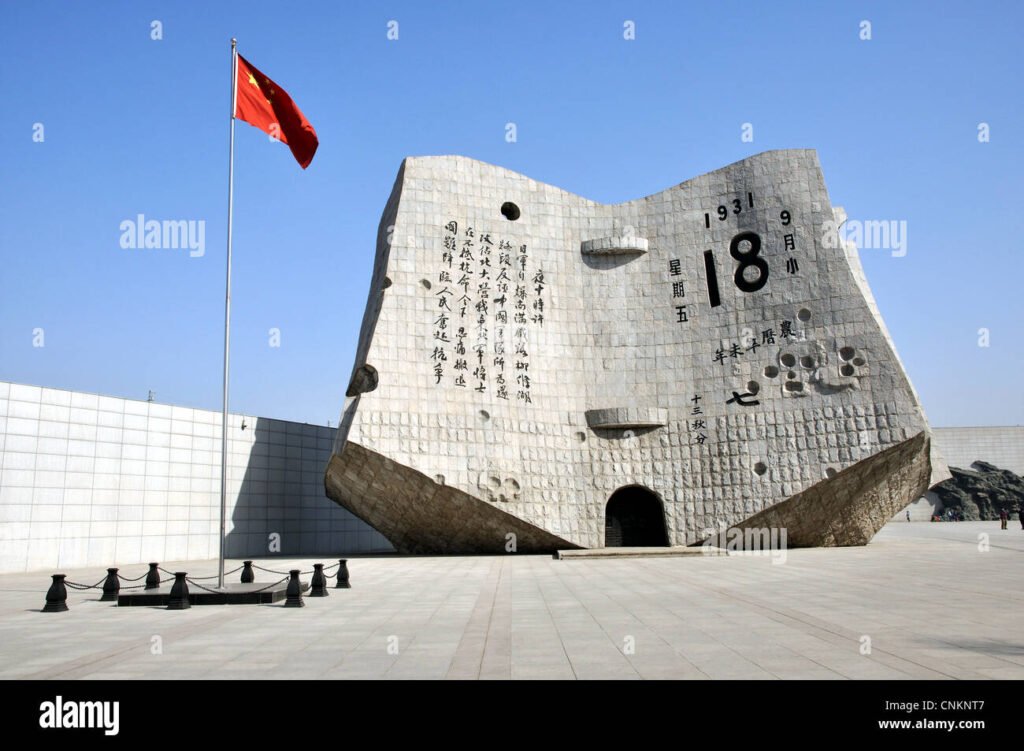
An Essential Guide to Visiting 918_Historical_Museum
Stepping into the 9.18 Historical Museum in Shenyang is like entering a time capsule that narrates one of the most tumultuous chapters in modern Chinese history. Dedicated to the events of September 18, 1931, when Japanese forces invaded Shenyang, this museum serves as a poignant reminder of the past, showcasing the resilience of a nation that endured immense suffering. Through a myriad of exhibits, including haunting photographs, detailed dioramas, and life-sized wax figures, visitors are transported back to the era of conflict, offering a visceral understanding of the impact of war on civilian life.
As you wander through the thoughtfully curated galleries, expect to confront the stark realities of history—an experience that is both sobering and enlightening. The museum not only commemorates the struggles faced during this dark period but also reflects on the broader implications of conflict and the importance of remembrance.
For international travelers, this site is more than a historical attraction; it’s an opportunity to engage with the complexities of China’s past and to witness firsthand how history shapes national identity and collective memory. Whether you are a history enthusiast or simply seeking to understand the intricate tapestry of human experience, the 9.18 Historical Museum promises an unforgettable journey into the heart of a deeply impactful narrative.
In This Guide
- An Essential Guide to Visiting 918_Historical_Museum
- The Rich History and Legends of 918_Historical_Museum
- Main Highlights: What You Absolutely Can’t Miss
- Planning Your Visit: A Practical Guide
- Tickets: Prices, Booking, and Tips
- How to Get There: A Complete Transportation Guide
- Local Cuisine and Accommodation Nearby
- Frequently Asked Questions
- Final Thoughts on Your Trip
The Rich History and Legends of 918_Historical_Museum
Nestled in the heart of Shenyang, the “9.18” Historical Museum stands as a poignant testament to a significant yet painful chapter in Chinese history. The museum commemorates September 18, 1931, a day forever etched in the national consciousness as the onset of the Japanese invasion of China. This event marked the beginning of a tumultuous period that would see Shenyang and the surrounding regions fall under Japanese occupation, leading to immense suffering and loss.
The museum, inaugurated in 1995, serves not only as a memorial but also as an educational platform. It is dedicated to preserving the memories of the atrocities committed during the occupation and aims to foster a deeper understanding of the past among visitors. The exhibits are a mix of harrowing photographs, artifacts, and detailed narratives that recount the events of that fateful day and the subsequent years of conflict.
One of the museum’s most striking features is its extensive collection of visual documentation, including photos that capture the devastation wrought by war. These images, while disturbing, are crucial in conveying the severity of the situation and the resilience of the human spirit in the face of adversity. The display is thoughtfully curated, ensuring that each piece contributes to the overarching narrative of resistance and survival.
As visitors wander through its halls, they are met not only with facts but with a tapestry of stories that highlight the bravery of individuals and communities who stood against oppression. The museum also delves into the broader implications of the invasion, exploring how it affected not only Shenyang but also the trajectory of Chinese history as a whole.
The “9.18” Historical Museum is more than just a place to learn about the past; it is a space for reflection, dialogue, and recognition. It challenges visitors to confront the difficult truths of history while encouraging a collective memory that honors those who suffered and fought for their dignity. For international travelers, this museum is an essential stop that offers a profound insight into China’s historical struggles and the enduring quest for justice and peace.
In addition to its educational mission, the museum plays a vital role in shaping public perception of historical events. It serves as a reminder of the importance of remembrance in the face of ongoing global conflicts, urging visitors to consider the lessons of history as they engage with contemporary issues. By visiting the “9.18” Historical Museum, travelers not only gain a deeper understanding of a critical moment in history but also participate in the ongoing dialogue about the impact of war and the importance of peace.
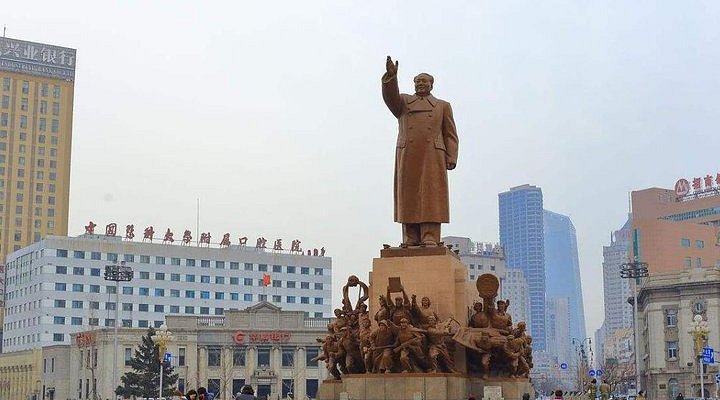
918_Historical_Museum.
Main Highlights: What You Absolutely Can’t Miss
When visiting the 918 Historical Museum (沈阳“九·一八”历史博物馆) in Shenyang, there are several key highlights and experiences that you simply cannot miss. This museum serves not only as a memorial to a significant event in Chinese history but also as an educational space that invites visitors to reflect on the past. Here’s what you should look out for:
1. The Commemorative Exhibits
The museum is dedicated to the tragic events of September 18, 1931, when Japanese forces invaded Shenyang. As you enter, you will encounter a series of poignant exhibits that include distressing photographs and artifacts from the time. These displays powerfully illustrate the impact of the invasion on the local population and the broader consequences of war.
2. Multimedia Presentations
One of the standout features of the museum is its use of multimedia presentations. Visitors can engage with interactive displays that offer insights into the historical context of the invasion. This modern approach enhances the learning experience and ensures that the history is accessible to all, with information provided in multiple languages, including English.
3. Wax Figures and Dioramas
As you move through the museum, take note of the detailed wax figures and dioramas that recreate scenes from the era. These lifelike representations help to convey the emotional weight of the history being discussed. They provide a visual narrative that complements the photographs and written materials, allowing for a deeper understanding of the human experiences behind the statistics.
4. The Memorial Hall
Don’t miss the Memorial Hall, which serves as a solemn space for reflection. This area pays tribute to the lives lost during the invasion and occupation, creating a poignant atmosphere that encourages visitors to contemplate the tragedies of war. The Hall’s design and decor are thoughtfully arranged to evoke a sense of remembrance and respect.
5. Educational Programs and Guided Tours
If you have the opportunity, consider joining one of the guided tours or educational programs offered at the museum. Knowledgeable guides will provide additional context and answer questions, helping to deepen your understanding of the exhibits. These tours can be particularly beneficial for international visitors seeking to grasp the complexities of the historical events.
6. The Museum’s Architecture
The architecture of the 918 Historical Museum itself is worth admiring. The building combines modern design with traditional elements, symbolizing the balance of progress and memory. As you explore the museum, take a moment to appreciate the thoughtful design that complements the significant history it houses.
7. Visitor Facilities
Lastly, the museum offers a range of visitor facilities including a café and gift shop, where you can relax and reflect on your experience. The shop features books and memorabilia related to the museum’s themes, perfect for those wanting to take a piece of history home with them.
A visit to the 918 Historical Museum is not just an educational outing; it is a profound journey into a pivotal moment in history. Prepare to engage with the exhibits thoughtfully, and allow the stories within these walls to resonate with you long after your visit.
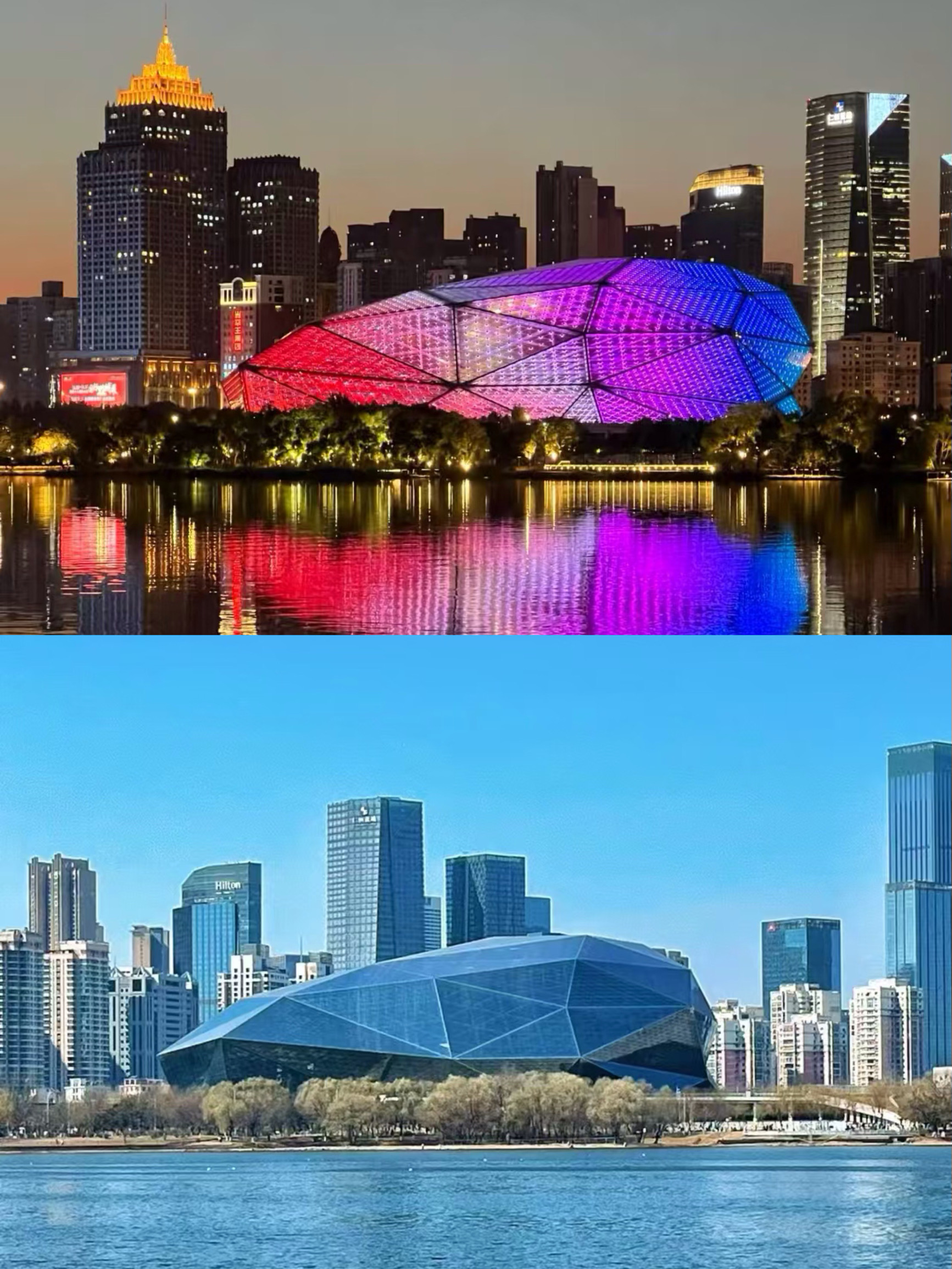
918_Historical_Museum.
Planning Your Visit: A Practical Guide
Visiting the “918 Historical Museum” in Shenyang, China, is an evocative experience that delves deep into a pivotal moment in history. Here’s everything you need to know to make the most of your visit to this significant cultural site.
Museum Overview
The “918 Historical Museum,” dedicated to the events of September 18, 1931, commemorates the Japanese invasion of China. This museum serves as a poignant reminder of the past, showcasing artifacts, photographs, and exhibits that illustrate the repercussions of war on the region and its people.
Location and Accessibility
- Address: No.46 Wanghua South Street, Dadong District, Shenyang 110003, China.
- Getting There: The museum is centrally located in Shenyang, easily accessible via public transportation, taxis, or rideshare services. Consider using local buses or the metro for a cost-effective option.
Opening Hours
- Daily: 9:00 AM to 5:00 PM (last entry at 4:30 PM)
- Closed: Certain public holidays may affect opening hours, so check ahead if you’re planning your visit around these dates.
Admission Fees
- General Admission: Free, but donations are welcome to support the museum’s initiatives.
- Guided Tours: Available for a fee; consider booking in advance for a more in-depth understanding of the exhibits.
What to Expect
Upon entering, visitors are greeted by a series of disturbing yet impactful displays. Expect to see:
– Dioramas and Wax Figures: These bring historical events to life, providing context and emotional resonance.
– Photographic Exhibits: Graphic images illustrate the human cost of war, so be prepared for powerful visuals.
– Multilingual Information: Signage is available in Chinese, English, and Japanese, accommodating a diverse range of visitors.
Tips for Your Visit
- Plan Ahead: Allocate at least 2-3 hours to explore the museum thoroughly.
- Wear Comfortable Shoes: The museum has a lot to see, and you’ll benefit from walking through the various exhibits.
- Stay Respectful: Given the subject matter, maintain a respectful demeanor throughout your visit.
- Photography: Check museum policies regarding photography; some areas may have restrictions.
- Nearby Attractions: Combine your visit with nearby sites such as the Shenyang Imperial Palace and Beiling Park for a fuller cultural experience.
Dining Options
After your visit, consider dining at one of the nearby restaurants. Here are a few recommendations:
– Jin Lao Yin Lao: Known for its seafood.
– Flavor House Restaurant: Offers a taste of Northeastern Chinese cuisine.
– LaoHong Ji Dumpling: A local favorite for dumplings.
Additional Experiences
If you’re interested in a broader exploration of Shenyang, consider booking a private day tour that includes the museum along with other historical sites. Many local tour operators offer tailored experiences that cater to different interests.
Conclusion
The “918 Historical Museum” is not only a place to learn about history but also to reflect on the impacts of war and the resilience of the human spirit. Plan your visit thoughtfully, and prepare for an experience that is both educational and deeply moving.

918_Historical_Museum.
Tickets: Prices, Booking, and Tips
When planning your visit to the 918 Historical Museum (沈阳“九·一八”历史博物馆) in Shenyang, it’s essential to know about ticket prices, booking options, and some helpful tips to enhance your experience.
Ticket Prices
Admission to the museum is typically very affordable, making it accessible for all travelers. As of the latest information, the standard ticket price is approximately 30 CNY (around $4.50 USD). Students and seniors may benefit from discounted rates, so it’s worth checking if you qualify when purchasing your ticket.
Booking Information
Tickets can be purchased directly at the museum entrance. However, to avoid potential long queues—especially during weekends and holidays—consider arriving early or visiting during weekdays. Online booking options may also be available through various travel platforms, allowing you to secure your entry in advance. Always check the museum’s official website or local tourism sites for the most current information and any special exhibitions that may require pre-booking.
Tips for Your Visit
- Plan Your Time: Allocate at least 2 to 3 hours for your visit. The museum features extensive exhibits that tell the story of the September 18 Incident and the broader historical context surrounding it.
- Language Accessibility: The museum provides information in multiple languages, including English and Japanese, which makes it easier for international visitors to engage with the content.
- Photography: While many exhibits are visually impactful, be mindful of any photography restrictions in certain areas. Always look for signs indicating whether flash photography is allowed.
- Guided Tours: If you prefer a more in-depth understanding, consider joining a guided tour. Expert guides can provide additional context and insights that enrich your visit.
- Nearby Attractions: After exploring the museum, consider visiting nearby sights such as the Shenyang Imperial Palace or Beiling Park, both of which are within a short distance and offer a glimpse into the region’s rich history.
The 918 Historical Museum is not just an educational stop; it’s a profound experience that offers insights into a pivotal moment in history. Make sure to immerse yourself fully in the exhibits and take the time to reflect on the stories presented.
How to Get There: A Complete Transportation Guide
Reaching the 918 Historical Museum in Shenyang is a straightforward endeavor, ensuring that international travelers can easily immerse themselves in this poignant reminder of history. Here’s a comprehensive transportation guide to help you navigate your way to this significant site.
By Air
Shenyang Taoxian International Airport (SHE) is the primary airport serving the city. It is located approximately 30 kilometers (about 18.6 miles) from the museum. Once you arrive at the airport:
-
Taxi: The most convenient way to reach the museum is by taxi. It takes roughly 40-50 minutes, depending on traffic. Expect to pay around ¥100-¥150 (approximately $15-$22 USD).
-
Airport Shuttle Bus: You can take an airport shuttle bus to downtown Shenyang. From there, switch to a taxi or use public transportation to reach the museum.
By Train
If you are traveling from other cities in China, Shenyang is well connected by train. The main railway station is Shenyang Railway Station, located about 5 kilometers (3.1 miles) from the museum.
-
Taxi: A taxi from the railway station to the museum will take around 15-20 minutes and cost approximately ¥20-¥30 ($3-$5 USD).
-
Public Transport: Alternatively, you can take Metro Line 2 from Shenyang Railway Station to the “Shenyang University” station. From there, it’s about a 20-minute walk to the museum.
By Metro
Shenyang’s metro system is efficient and user-friendly. The nearest metro station to the museum is Wanghua South Street Station on Metro Line 1.
- From Wanghua South Street Station: After exiting the metro, it’s approximately a 15-minute walk to the museum. Follow local signage, or use a maps application for directions.
By Bus
Several bus lines service the area around the museum:
- Bus Routes: Look for buses that stop near Wanghua South Street. Bus numbers 116, 138, and 281 are among those that can drop you off within walking distance.
- Cost: A bus ride typically costs around ¥2 ($0.30 USD), making it an economical option.
By Taxi or Ride-Hailing Apps
For ultimate convenience, taxis or ride-hailing services like Didi Chuxing are widely available in Shenyang.
-
Taxi: Hailing a taxi on the street or using a taxi app is straightforward. Ensure that the driver knows the museum’s address: No.46 Wanghua South Street, Dadong District, Shenyang 110003.
-
Ride-Hailing Apps: Download the Didi app for a seamless experience. Just input your destination, and you’ll have a car pick you up within minutes.
Walking and Local Exploration
If you’re staying nearby, the museum is located in a vibrant area filled with shops and restaurants. Walking to the museum can be a pleasant experience, allowing you to soak in the local atmosphere.
Conclusion
Getting to the 918 Historical Museum is made easy by a variety of transport options, whether you prefer the speed of a taxi, the affordability of a bus, or the simplicity of the metro. Regardless of your chosen method, prepare to engage with a significant piece of history that reflects on the events of September 18, 1935. Safe travels!
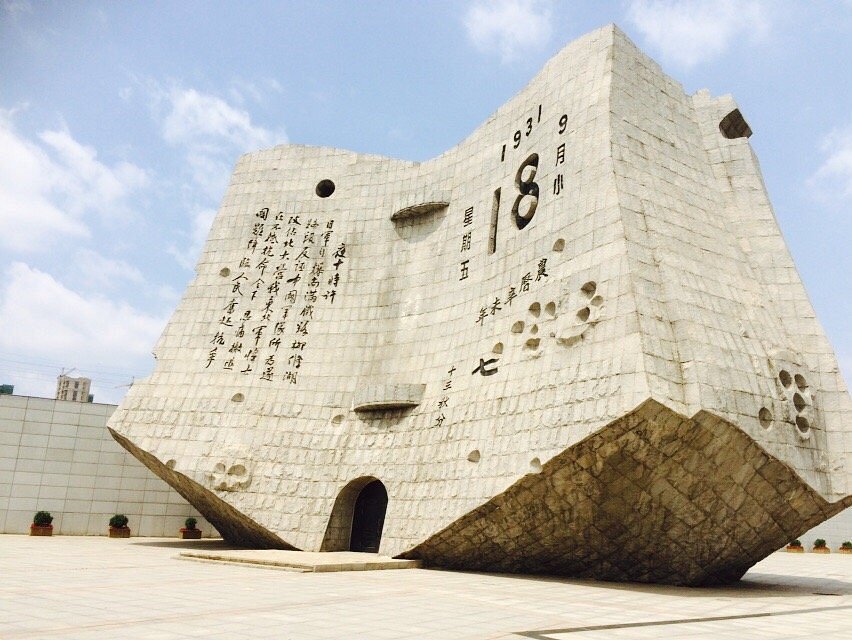
918_Historical_Museum.
Local Cuisine and Accommodation Nearby
After immersing yourself in the poignant history at the 918 Historical Museum, you’ll likely be ready to explore the local cuisine and unwind at nearby accommodations. Shenyang is a city rich in culinary delights and comfortable lodgings, ensuring your visit is both tasty and restful.
Local Cuisine
- Jin Lao Yin Lao (金老银老)
- Distance: 0.6 miles
- Cuisine: Seafood
-
Overview: This popular spot is known for its fresh seafood dishes that capture the flavors of Northeast China. Diners rave about the quality and variety, making it an excellent choice for seafood enthusiasts.
-
LaoHong Ji Dumpling (老洪记饺子)
- Distance: 1.5 miles
- Cuisine: Northeastern Chinese
-
Overview: Famous for its handmade dumplings, this cozy eatery offers a range of fillings, from classic pork to inventive vegetarian options. The warm atmosphere and homemade flavors make it a must-visit for comfort food lovers.
-
Flavor House Restaurant (风味居)
- Distance: 1.2 miles
- Cuisine: Northeastern Chinese
-
Overview: Known for its hearty dishes and generous portions, Flavor House serves up traditional Northeastern fare that will satisfy any appetite. Don’t miss their signature stews and noodle dishes for a true taste of local flavors.
-
Yuan Wei Zhai Kao Ya Dian (元味斋烤鸭店)
- Distance: 1.1 miles
- Cuisine: Beijing Specialties
-
Overview: Specializing in Peking duck, this restaurant offers a delightful culinary experience. The crispy skin and succulent meat are served with pancakes and traditional condiments, making it a feast for the senses.
-
HongQi GongShe (红旗公社)
- Distance: 1 mile
- Cuisine: Chinese
- Overview: This establishment combines a historical ambiance with a menu that features regional dishes. Perfect for those looking to experience a meal steeped in culture and tradition.
Accommodation Nearby
- Shenyang Palace Hotel
- Distance: 2.6 miles
-
Overview: A luxurious option in the heart of Shenyang, this hotel offers modern amenities and elegant rooms. Its convenient location allows you to explore nearby attractions easily.
-
Crowne Plaza Shenyang Zhongshan
- Distance: 2.4 miles
-
Overview: This upscale hotel features spacious rooms, a fitness center, and dining options that cater to international tastes. It’s perfect for travelers seeking comfort and convenience.
-
Grand Hyatt Shenyang
- Distance: 2.8 miles
-
Overview: With its contemporary design and state-of-the-art facilities, the Grand Hyatt is ideal for business and leisure travelers alike. Enjoy stunning city views from your room and relax in their luxurious spa.
-
Shenyang Huaneng Hotel
- Distance: 2.3 miles
-
Overview: A more budget-friendly option, this hotel offers comfortable accommodations and friendly service. Its proximity to the museum and other attractions makes it a practical choice for tourists.
-
Ibis Styles Shenyang Dongling
- Distance: 1.9 miles
- Overview: This stylish and affordable hotel provides a comfortable stay with modern decor. The Ibis Styles brand is known for its reliable service and value, making it a favorite among budget-conscious travelers.
Exploring the local cuisine and finding a cozy place to stay will enhance your visit to the 918 Historical Museum, allowing you to enjoy the rich flavors and hospitality of Shenyang.
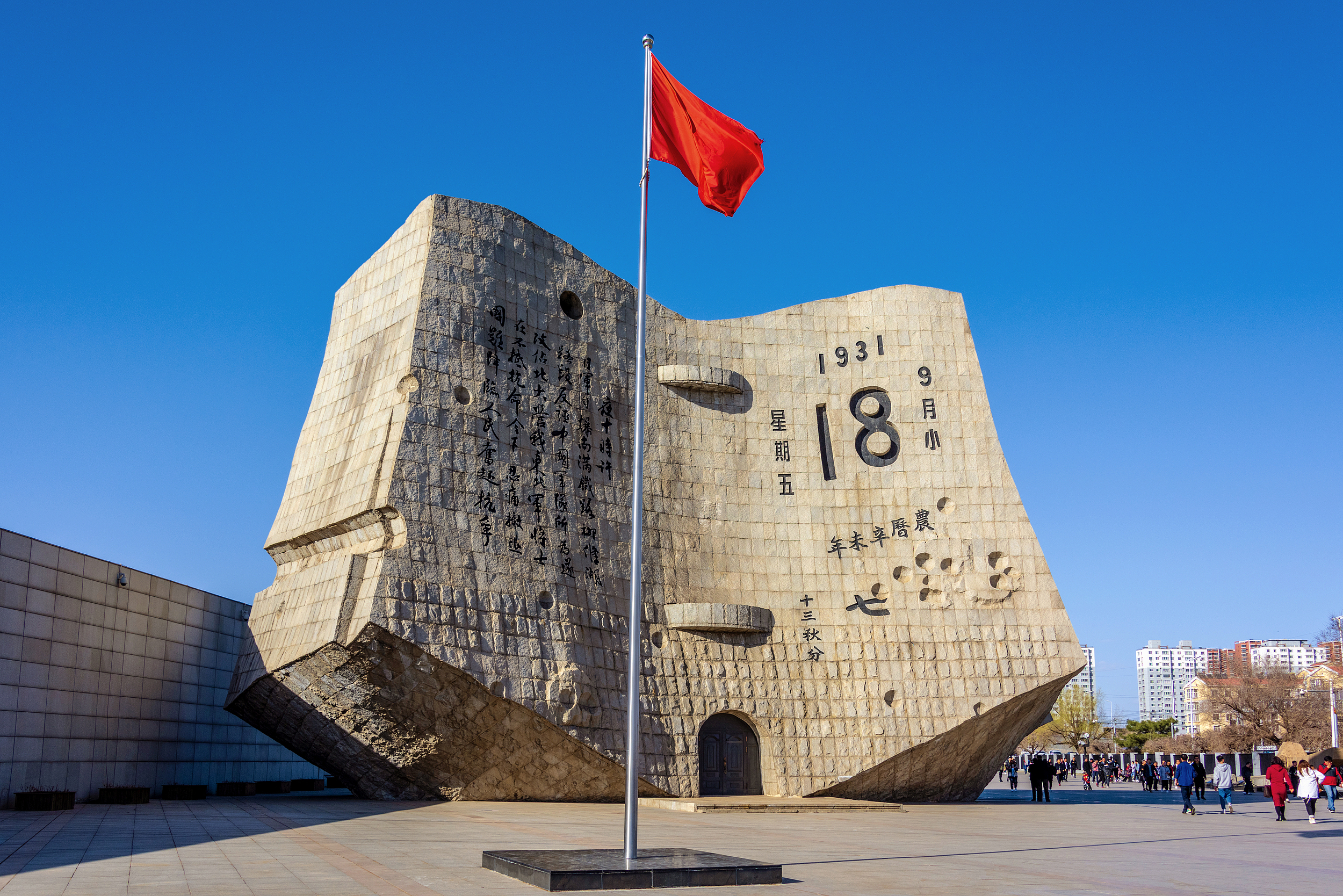
918_Historical_Museum.
Frequently Asked Questions
Frequently Asked Questions
-
What is the significance of the 918 Historical Museum?
The 918 Historical Museum commemorates the events of September 18, 1931, when Japanese forces invaded Shenyang, marking the beginning of a tumultuous period in Chinese history. The museum aims to educate visitors about the impact of this invasion and the subsequent occupation of China. -
Is there an admission fee to enter the museum?
Yes, there is typically an admission fee to visit the museum. However, prices may vary based on special exhibitions or events. It’s advisable to check the museum’s official website or inquire at the entrance for the most current pricing information. -
What languages are available for the exhibits?
The museum provides information in multiple languages, including Chinese, English, and Japanese. This makes it accessible for international travelers who wish to understand the exhibits better. -
How long should I plan to spend at the museum?
Visitors generally recommend spending around 2 to 3 hours to fully explore the museum and absorb the various exhibits. This duration allows ample time to appreciate the detailed displays and multimedia presentations. -
Are there any guided tours available?
Yes, the museum offers guided tours that can enhance your experience by providing deeper insights into the exhibits. It’s best to check in advance for availability and to book a tour if you are interested. -
Is the museum accessible for individuals with mobility challenges?
The 918 Historical Museum is designed to accommodate visitors with mobility challenges. It features ramps and elevators to ensure all guests can access the exhibits comfortably. -
Can I take photos inside the museum?
Photography policies may vary, so it’s recommended to check with the museum staff upon arrival. In some areas, photography may be restricted to preserve the integrity of the exhibits. -
What are some nearby attractions to visit after the museum?
After visiting the museum, consider exploring other nearby attractions such as the Shenyang Imperial Palace, Beiling Park, and Zhang Xueliang’s Former Residence. Each site offers a unique glimpse into the rich history and culture of Shenyang.
Final Thoughts on Your Trip
Visiting the 918 Historical Museum in Shenyang is more than just a journey through the past; it’s an immersive experience that invites reflection on the complexities of history and the resilience of humanity. As you navigate the carefully curated exhibits, you’ll encounter poignant stories that illustrate the profound impact of the events that unfolded on September 18, 1935.
The museum’s compelling displays, featuring striking photographs and detailed narratives, offer a sobering look at the consequences of conflict while simultaneously highlighting the importance of remembrance and understanding. This is a place where the weight of history is felt deeply, making it essential for all travelers to engage with the lessons it imparts.
Allow yourself the time to absorb the significance of this site, and consider how it fits into the broader tapestry of global history. As you leave the museum, carry with you not only the knowledge gained but also a renewed appreciation for peace and the diverse stories that shape our world today. Whether you’re a history enthusiast or simply curious about the past, the 918 Historical Museum promises to leave a lasting impression that enriches your travels in Shenyang and beyond.